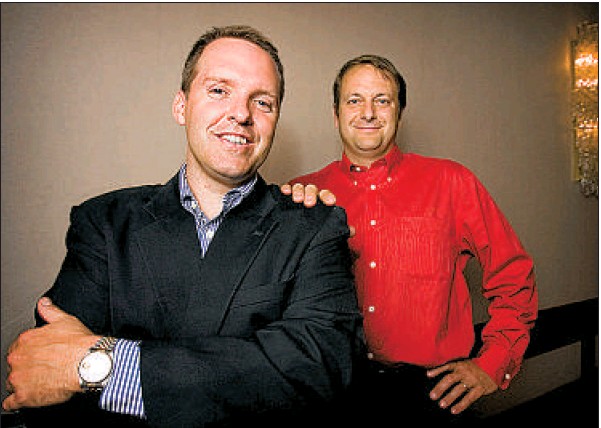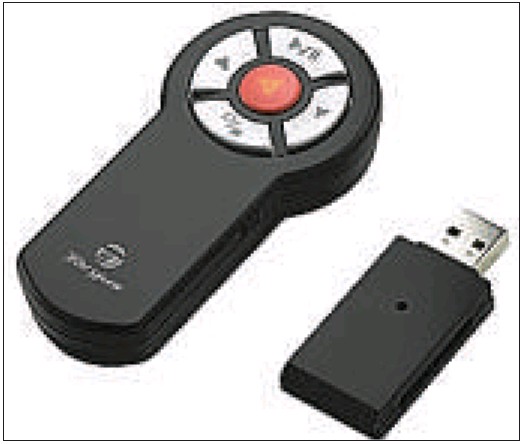Your computer should be scanning every hour for security updates, patches
Darcy Keith
Sun

Marc Fossi is a security response manager for Symantec. Greg Fulmes, Canwest News Service
E-mail viruses are so yesterday.
These days, it’s your browser that has online criminals salivating.
Network worms and viruses spread by mass e-mails are unlikely to ever become extinct, but they are no longer the primary weapon used by the bad guys of the virtual world to steal your identity or life’s savings.
As the world catches on to the dangers of opening unknown e-mail attachments and better spam filters are created, the focus of attacks is turning to the Web itself.
“Attackers now are taking advantage of security flaws in the browsers that may exist, and using those to attack the user,” explains Marc Fossi, manager of development security response for Symantec Security in Calgary. “They may compromise a website, maybe a legitimate site, so that when people normally go there, they are attacked by modifications that the attacker has made to that site.” That might mean releasing a Trojan Horse virus or some other malicious code onto your computer.
These dubious deeds often are orchestrated through phishing techniques that mimic an actual site, such as one for an online bank. “They’ve gotten so professional they can make it look almost identical to your actual bank’s website,” says Fossi. “So unless you’re checking for certificates and things like that, it’s tough to tell.”
According to Graham Cluley, senior technology consultant for the security firm Sophos in Oxford, England, there are 15,000 new web pages every day that are hosting malicious code. That’s one every five seconds.
It’s not easy for Web users to navigate around the infected sites. In the past, avoiding pornographic or casino websites would likely steer a surfer away from the problem. But these days, perfectly legitimate sites — including those run by government and major retailers and electronics suppliers — could contain harmful embedded computer code.
“This is a real worry because we can’t give simple instructions to people to avoid these problems. There’s nothing normally for the user to see because infection is silent,” says Cluley. “The best advice we give is make sure your browser is hardened and patched, and really keep your antivirus up to date.”
And that means your antivirus software shouldn’t be searching for updates just once a week or even each day. Your computer should automatically be on the lookout for new downloads every hour, Cluley suggests. Attackers, he warns, are becoming highly sophisticated and are navigating around security software roadblocks at lightning speed.
There’s a vast global underground economy ready to snap up information stolen from computer users. These professional criminals will hire computer coders to hijack your credit, banking or identity information, and then they will sell it online in a manner akin to a Wall Street trading room floor.
“It’s gotten so involved now that you are seeing microeconomics coming into play. There’s supply and demand, and pricing is based on that,” says Fossi.
That means pricing for a certain type of stolen information is based on how much of it is already available. “You’re even seeing bulk pricing, just on credit card numbers. You can buy 100 cards for 40 cents each, but if you buy 200 cards, you can get them for 20 cents each. For bank accounts, those with a higher balance will sell for more than one with a lower balance,” he says.
Social networking sites, such as Facebook and Myspace, are particularly vulnerable to phishing, because users generally trust them, notes Fossi. An attacker often logs onto such a site and posts a link to a malicious website or supposed video, giving them the ability to quickly spread malicious code and spam through a victim’s social network.
“The essential problem is personal computers aren’t really personal anymore. You think because it’s on your desk it’s just between you and this lump of grey plastic in front of you. When in fact, you’re sharing it with potentially millions of people online,” says Cluley.
Cluley says another increasingly used tactic is what’s known as “scareware.” This is a deceptive message that pops up while one is browsing the Internet, stating that your computer is infected with a virus.
“These bogus warnings are trying to get you to buy a bogus security product, which you would purchase with your credit card,” says Cluley.
After running the software download, it would claim to have cleaned up your hard drive. “But of course, you didn’t have to spend any money in the first place, because you weren’t infected.
“My general advice is, don’t believe everything you’ve seen on the Internet. There are lots of bad guys out there that will try to con you.”
© The Vancouver Sun 2008

















